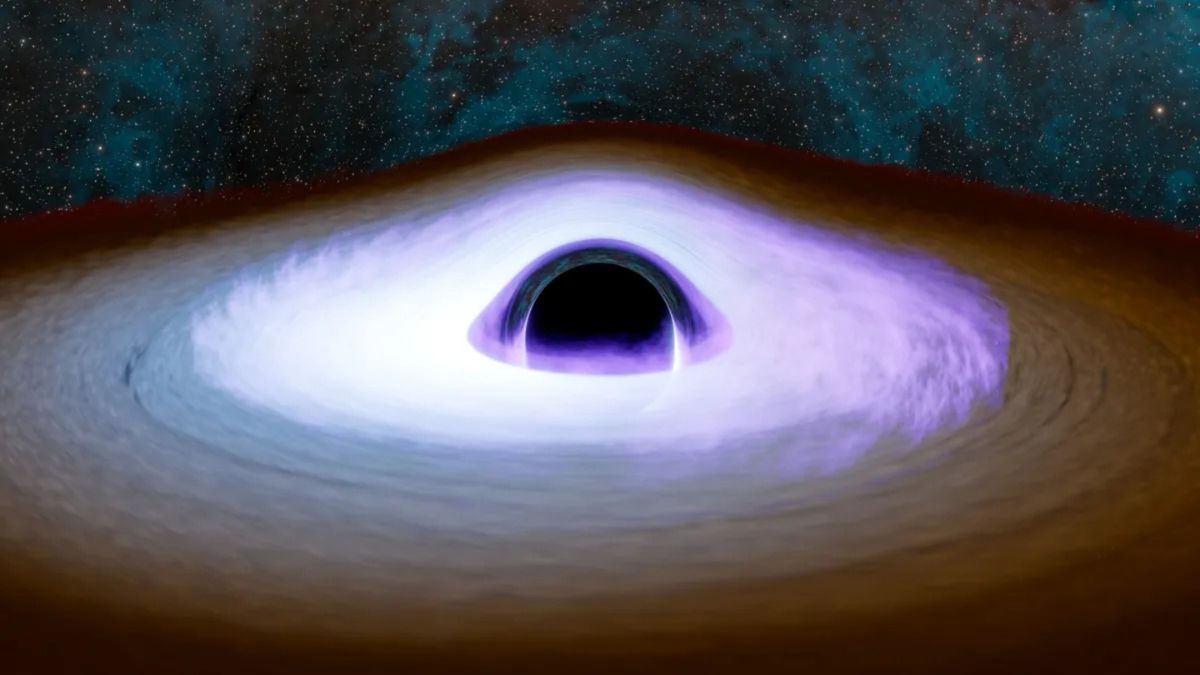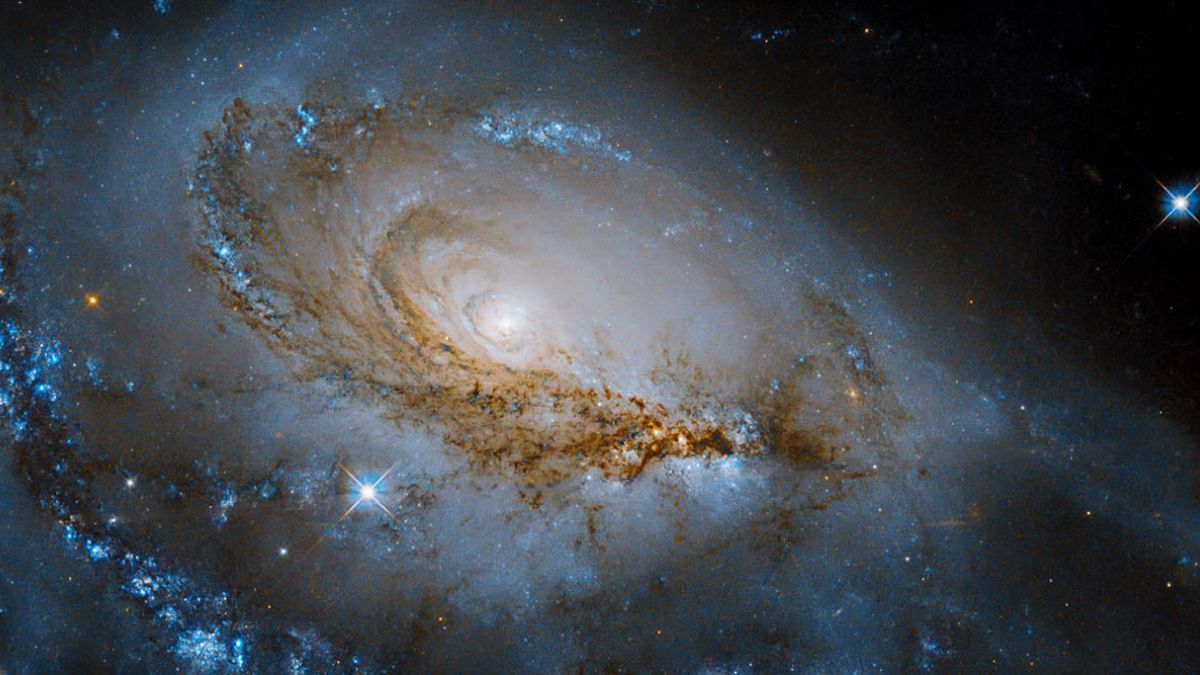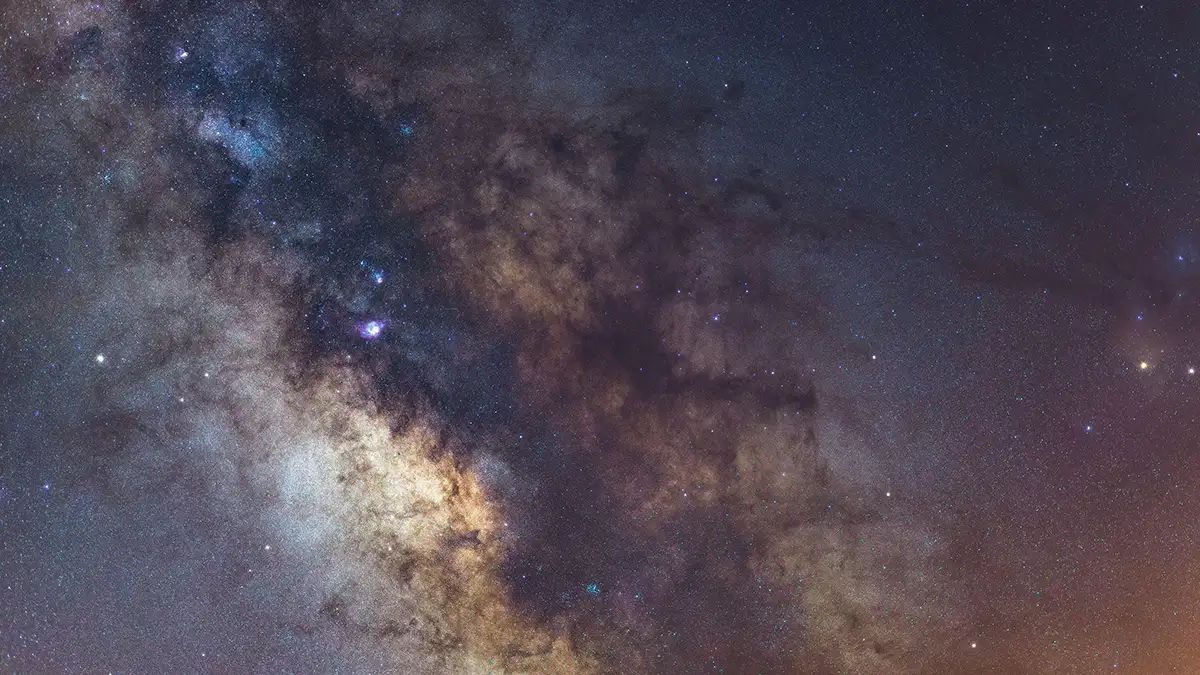In the ever-expanding universe, it’s rare for something to truly leave scientists speechless. But this time, NASA and a team of astronomers have stumbled upon a cosmic giant—something so massive, so unexpected, it’s literally bigger than the Milky Way. And no, it’s not a galaxy or a star. It’s a jet of plasma bursting from a supermassive black hole. Sounds like sci-fi? It’s 100% real.
Let’s unpack this mind-blowing discovery and see how it’s reshaping what we know about the early universe.
Discovery
Astronomers recently observed a supermassive black hole in a quasar named J1601+3102 ejecting massive jets of plasma—commonly referred to as jets of magma. What caught everyone’s attention? These jets stretch across 215,000 light-years. To put that in perspective, our own Milky Way galaxy is around 100,000 light-years wide. So this one black hole is launching material across a space more than twice the size of our galaxy.
And here’s the kicker: this is the largest jet structure ever seen in such an early stage of the universe.
Quasars
So, what exactly is a quasar?
Think of a quasar as a super-powered galaxy. It has a supermassive black hole at its center, devouring enormous amounts of matter. As this matter spirals into the black hole, it heats up due to friction and gravity, emitting intense light. That glow is what makes quasars some of the brightest objects in space.
Quasars help astronomers study the very early universe, mainly because they’re so bright and easy to spot across long distances.
Jets
Now about those jets. When matter gets pulled toward a black hole, not all of it ends up inside. Some of it escapes along the black hole’s magnetic field lines and is blasted out as jets of plasma at nearly the speed of light.
These jets can’t be seen with regular optical telescopes since they emit radio waves, not visible light. That’s why scientists had to turn to radio telescopes to observe them.
And just to clarify—when we say “magma,” it’s not the same as lava on Earth. These are extremely hot, charged particles—plasma—traveling at insane speeds across the galaxy.
Size
With jets this big, you’d think the black hole at the center would be massive beyond belief. But surprisingly, it’s not.
The black hole has an estimated mass of 450 million times that of the Sun. Sure, that’s huge—but in the black hole world, it’s actually on the smaller side. Some black holes weigh in at billions of solar masses. So what’s the big deal?
This means you don’t need a ridiculously large black hole to generate record-breaking jets. Even smaller ones can pack a serious punch.
Tools
This discovery wasn’t made with just one telescope. Astronomers from NOIRLab, led by astrophysicist Anniek Gloudemans, combined data from multiple observatories:
| Telescope | Location | Purpose |
|---|---|---|
| LOFAR (Low Frequency Array) | Europe | Detected radio emissions from the jets |
| Gemini North | Hawaii | Captured visible light images |
| Hobby-Eberly Telescope | Texas | Measured optical characteristics and estimated black hole mass |
The collaboration between these observatories allowed the team to piece together a full picture of the quasar, its jets, and the black hole behind it.
Relevance
So why is this discovery a big deal?
For years, scientists believed that only the most massive black holes with extremely high feeding rates could produce such powerful jets. But this quasar challenges that belief. According to Gloudemans, the size of the jets doesn’t match the size of the black hole or its accretion rate. That means the processes behind jet formation might be more complex—and possibly even start earlier—than we thought.
In other words, black holes don’t need to be giants to be jet engines. Smaller black holes in young galaxies might have been lighting up the early universe more than we ever imagined.
Another mystery unlocked, but even more questions arise. That’s the beauty of space—it never stops surprising us.
FAQs
What is a quasar?
A galaxy with a supermassive black hole at its center.
How long are the jets?
They stretch 215,000 light-years—twice the Milky Way’s size.
What emits the jets?
Plasma jets come from magnetic fields near black holes.
Which telescopes were used?
LOFAR, Gemini North, and Hobby-Eberly helped observe it.
How big is the black hole?
Around 450 million times the mass of our Sun.
























